17 March 2025
Have you ever walked into a charming home from decades ago and thought, “This place is amazing! But how do I make it smarter without ruining its charm?” Yeah, you're not alone. Merging the charm of an older home with the convenience of modern-day smart technology can feel like juggling two very different worlds. But guess what? It’s totally doable. Whether you're working with a Victorian beauty, a cozy craftsman, or a classic mid-century abode, smart home tech doesn’t have to clash with your home’s vintage soul. Let’s dig into how you can adapt an older home for smart home upgrades without breaking a sweat—or the bank! 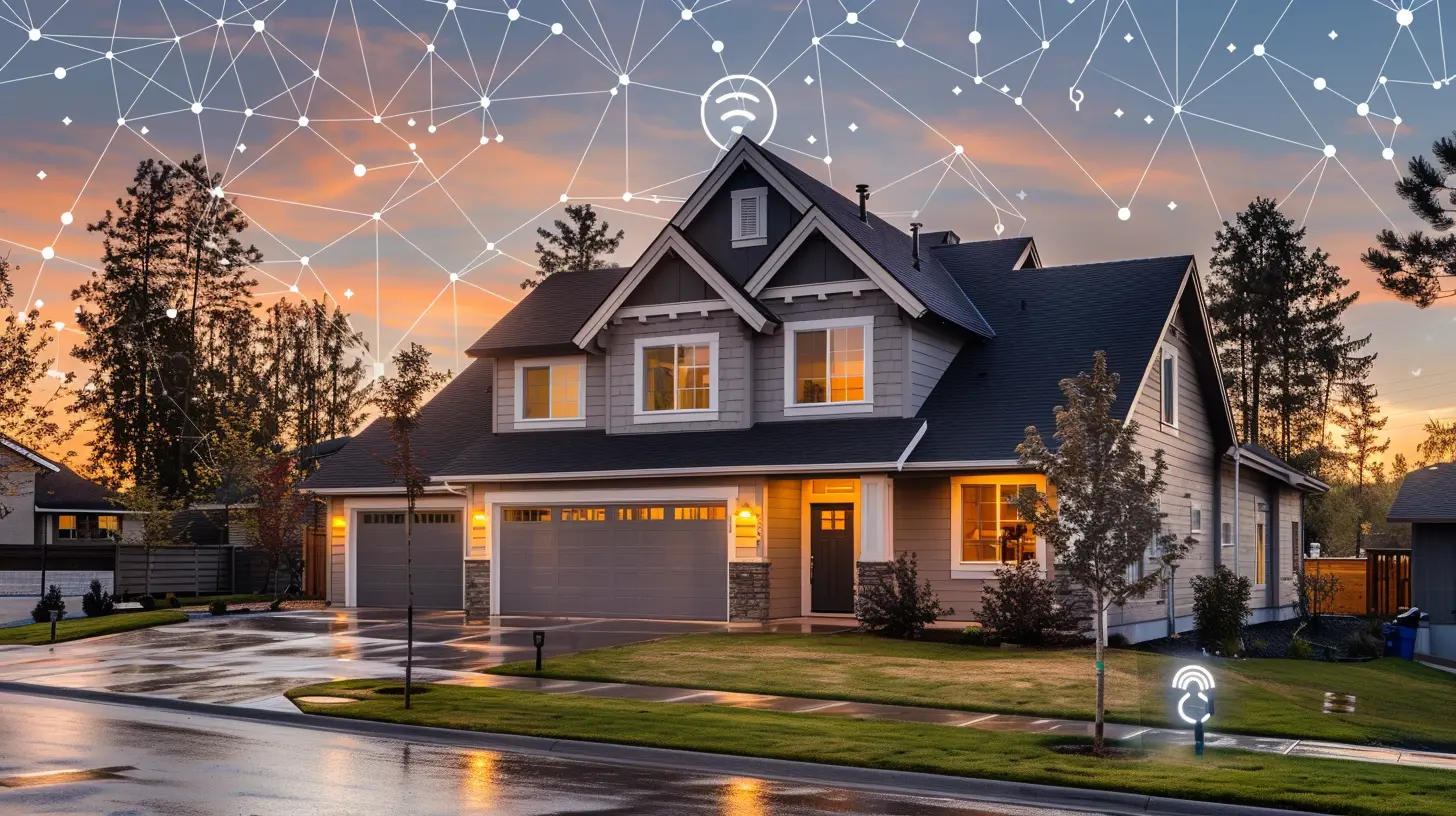
Why Consider Smart Upgrades for Older Homes?
Older homes have this undeniable charm—original woodwork, intricate moldings, and architectural details you just don’t see in new builds anymore. But while they age gracefully, their functionality often lags behind modern-day standards.So why go smart?
- Convenience: Imagine controlling lights, security cameras, or even your thermostat from your phone. No more running around flipping switches or fiddling with dials.
- Energy Efficiency: Smart gadgets can help save energy (and money!) by automatically turning off appliances and optimizing heating or cooling.
- Security: Let’s be real—older homes weren’t built with today’s security concerns in mind. Smart locks, video doorbells, and motion detectors can add a much-needed layer of protection.
- Adding Value: Turning your vintage home into a tech-friendly dream pad? It’s like giving it a makeover—it instantly increases its allure, especially to future buyers. 
Challenges of Upgrading Older Homes
Before you dive headfirst into the world of WiFi-controlled gizmos, let’s pump the brakes for a minute. Upgrading an older home comes with its own set of hurdles.1. Outdated Electrical Systems
Let’s face it: older homes weren’t built for gadgets that want to sip electricity 24/7. Some homes still rely on two-prong outlets or old-school knob-and-tube wiring. And these outdated systems can throw a wrench in your plans to modernize.2. Poor WiFi Signal
Thick plaster walls and brick construction? They’re great for aesthetics but a nightmare for WiFi. Smart devices rely on strong, consistent internet connections, and older homes can feel like black holes for signals.3. Preserving Aesthetics
This one’s a biggie. You don’t want a shiny, super-modern thermostat to stick out like a sore thumb in your quaint, rustic living room. The goal is to modernize without losing the charm.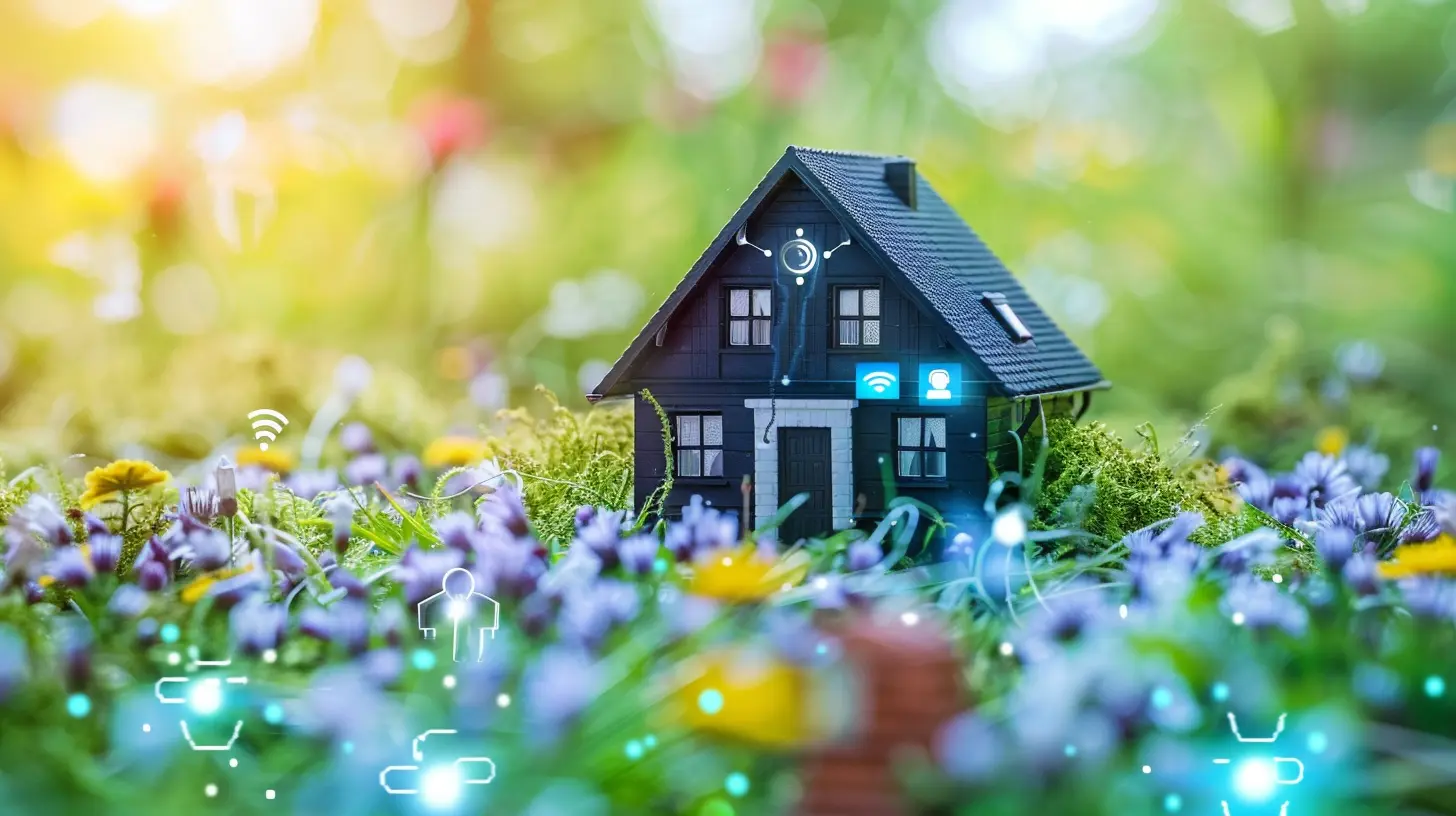
Where to Start: Smart Upgrades That Older Homes Will Love
Don’t worry—you don’t have to install every gadget all at once. Small, intentional steps can make a big difference. Here’s a roadmap to get you started:1. Strengthen Your WiFi Network
Before you even buy your first smart gadget, take a good look at your WiFi setup. Smart devices need strong, reliable internet, and older homes are notorious for dead zones.- Upgrade Your Router: Swap out that outdated router for a high-performance one.
- Mesh WiFi Systems: These are a godsend for older homes. They use multiple nodes sprinkled throughout your house to blanket it in internet goodness, even in those hard-to-reach rooms.
- Wired Connections: For particularly stubborn areas, consider running ethernet cables to give certain devices a direct connection.
2. Smart Lighting
Lighting is an easy, non-invasive way to dip your toes into the smart home world. Bonus: It doesn’t require ripping into walls or rewiring anything major.- Smart Light Bulbs: Screw them into existing fixtures, and voilà—you’ve got lights you can control from your smartphone or voice assistant.
- Caseta Wireless Dimmers: They’re a great way to preserve your home’s original switches while adding smart capabilities. No major rewiring required!
3. Smart Thermostats
Feel like Goldilocks when it comes to home temperatures? Too hot? Too cold? A smart thermostat can make it just right.- Choose Compatibility: Many smart thermostats only need a few wires to function—perfect for older HVAC systems.
- Blend It In: Some models (like Nest or ecobee) boast sleek designs that won’t look out of place, even in a 100-year-old home.
4. Smart Locks and Doorbells
Got an old front door that’s seen better days? Adding a smart lock and doorbell can up your security game without altering the look and feel of your entryway.- No Key, No Problem: Smart locks come in various designs, from touchscreen keypads to models that look just like traditional locks.
- Video Doorbells: These are lifesavers for keeping tabs on visitors (or porch pirates), and many can be installed without extensive wiring.
5. Smart Plugs and Outlets
Not ready to commit to rewiring your entire home? Start with smart plugs.- Plug It In: They let you turn “dumb” appliances like lamps or fans into smart ones.
- Upgrade Outlets: If you’re up for it, replacing old outlets with USB-friendly or WiFi-enabled ones gives you more flexibility in the future. 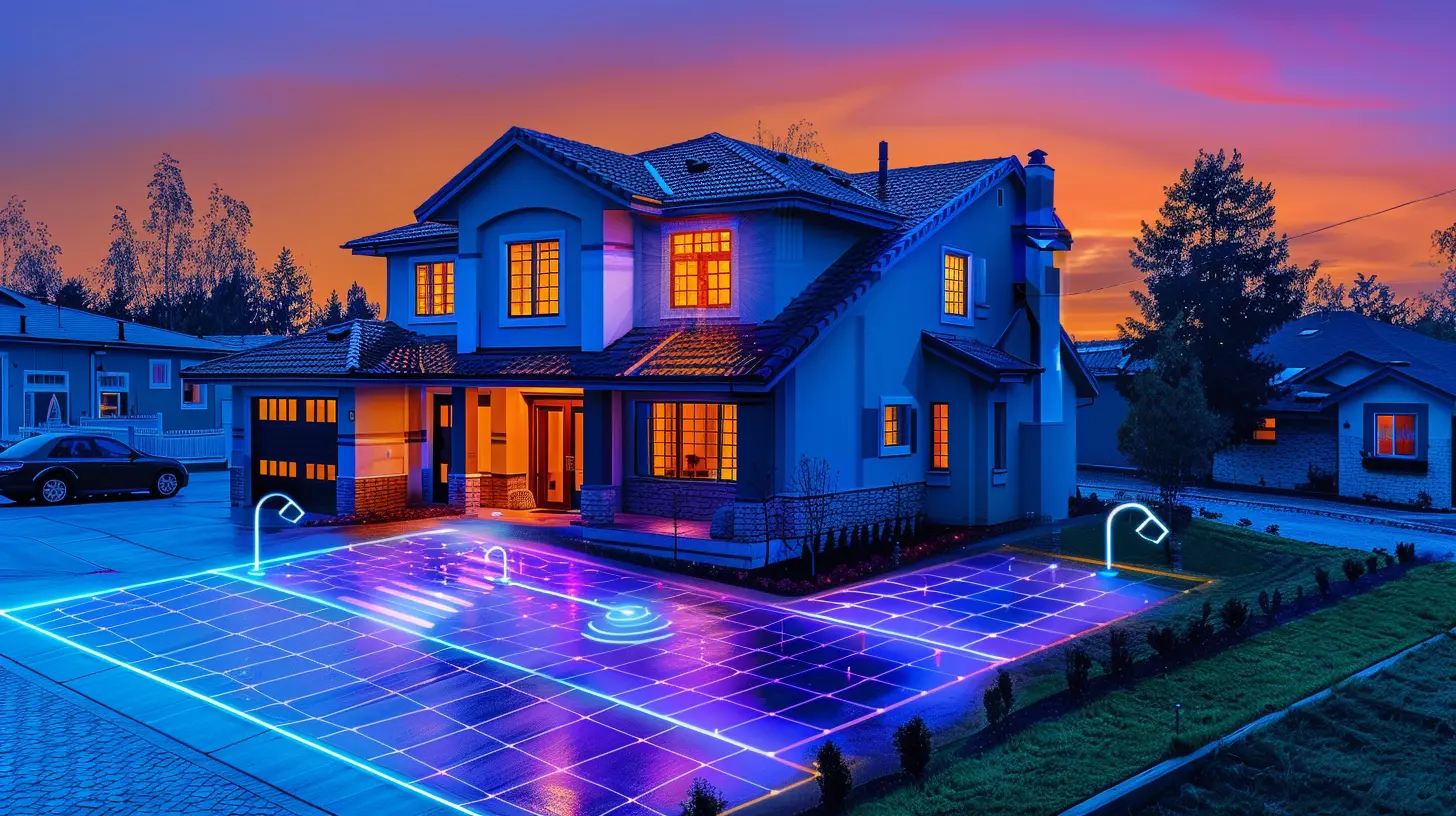
Balancing the Old and New
One thing to remember: You don’t have to let the tech take over. Embrace the quirks of your older home while upgrading thoughtfully.1. Hide the Wires
Try running wires along baseboards or using cable covers that match your walls to keep everything tidy. Nothing ruins an old home’s vibe like unsightly cords hanging everywhere.2. Go Minimalist
Pick smart devices that have sleek, simple designs. They’ll fit in better with your home’s vintage aesthetic.3. Be Mindful of Structural Integrity
Older homes require a gentle touch. When mounting devices like cameras or sensors, avoid drilling into irreplaceable woodwork or plaster. Stick-with-adhesive options can be your best friend.4. Preserve Original Features
Love your antique light switch plates? Keep them intact! You can still add functionality without removing the elements that make your home unique.The Hidden Bonus: No Need for Huge Renovations
You don’t need to gut your home or spend tens of thousands of dollars to go smart. Many smart home devices are designed to be DIY-friendly and non-invasive. With a little creativity, you can enjoy a modern lifestyle without feeling like you’ve erased your home’s history.Wrapping It Up
Adapting an older home for smart home upgrades is a balancing act, but it’s far from impossible. Start small, prioritize what matters most to you (whether that’s convenience, security, or energy savings), and remember to work with—not against—your home’s unique character. By making smart upgrades thoughtfully, you can enjoy the best of both worlds: the allure of your older home and the ease of modern living.And hey, while you’re automating lights or installing that smart thermostat, take a moment to appreciate the fact that you’re blending the past and the future. That’s pretty darn cool, isn’t it?

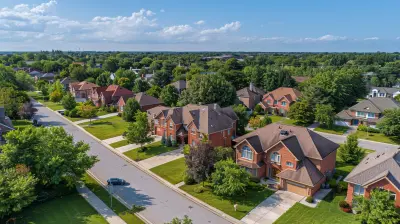



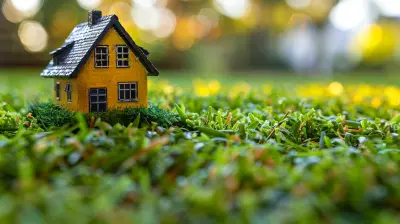

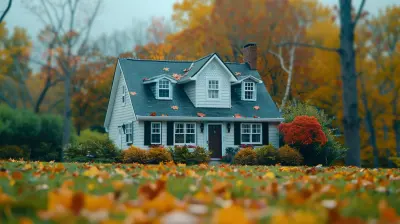
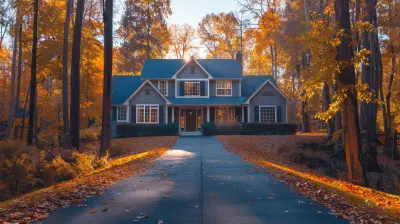
Lexi Gomez
When upgrading older homes for smart technology, focus on compatibility with existing systems, infrastructure improvements, and energy efficiency. Careful planning ensures seamless integration and enhances overall property value.
March 31, 2025 at 8:16 PM